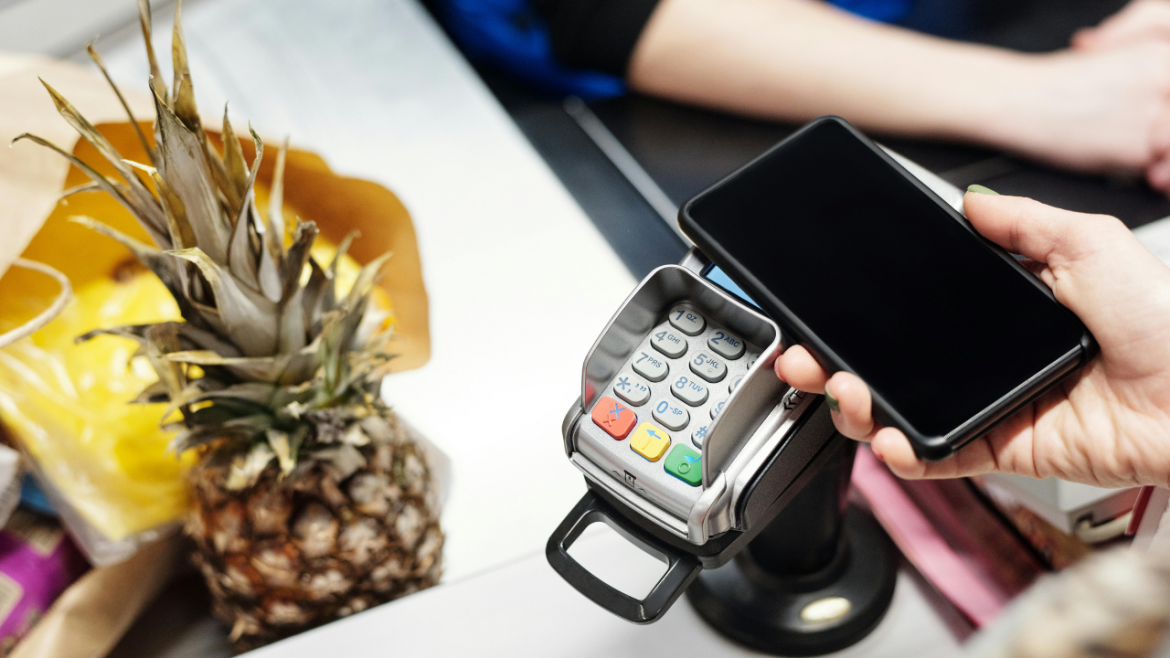If you walked into a grocery store in 1995 with R100 in your pocket, you could fill your trolley with staple foods, fresh produce, and even a few treats.
Fast forward to today, and that same R100 barely covers a handful of essentials. Inflation has drastically reduced the buying power of money, and food prices have skyrocketed over the years. But just how much has the cost of kitchen essentials changed? Let’s take a look at what R100 could get you in 1995 versus now, according to an article by Business Tech.
The impact of inflation on your kitchen budget
Over the past three decades, inflation in South Africa has climbed by more than 400%. While this is a natural economic process, certain factors have made food prices rise even faster. The COVID-19 pandemic disrupted global supply chains, causing shortages and increased production costs.
Then, the 2022 war in Ukraine drove up fuel and grain prices, making food even more expensive. Closer to home, electricity price hikes, the weakening rand, and climate change-related droughts have all played a role in pushing prices higher. By the end of 2024, South Africa’s inflation rate was at 4.4%, an improvement from the previous year. However, rising petrol prices and ongoing economic pressures mean that food costs remain high, stretching household budgets further than ever before.
What R100 was worth then vs now
According to Statistics South Africa (Stats SA), inflation-adjusted calculations show that R100 in 1995 would be worth about R513.72 today. However, the cost of many everyday grocery items has far exceeded this inflation rate, making it even harder for consumers to afford the same quantity of food.
A price comparison: 1995 vs 2025
Back in 1995, R100 could easily cover the following grocery items:
- A loaf of white bread
- A 2-litre bottle of milk
- A dozen eggs
- A kilogram of apples
- A kilogram of chicken fillets
- A kilogram of lamb chops
- A 500g box of Kellogg’s Cornflakes
- A 1-litre bottle of Coca-Cola
- A 2kg bag of white rice
- A four-pack of toilet paper
- A tube of toothpaste
That same list today? It would set you back approximately R728.24—far more than the R513.72 inflation-adjusted equivalent of R100. This means that food prices have risen at a rate much higher than general inflation.
Some of the biggest jumps in price include:
- Eggs: A six-pack of eggs cost just R2.12 in 1995. Today, that same pack costs around R22.99—a staggering 989% increase.
- White bread: Once only R2.14 per loaf, today’s price averages R18.99, reflecting a 787% rise.
- Milk (2L): In 1995, you’d pay R4.83. Today, the cost has jumped to R34.99, up by 624%.
- Lamb chops (per kg): From R20.95 to R199.99, an 855% increase.
- Apples (per kg): Once R4.12, now R34.99—a 749% jump.
Why are prices rising so fast?
Food inflation isn’t just about currency value—it’s affected by multiple factors. Agricultural costs, including fertilizer, fuel, and feed, have all risen. Climate change has impacted harvests, leading to lower yields and higher prices. Import costs have surged due to a weaker rand, and rolling blackouts have disrupted local food production and storage.
The numbers speak for themselves—R100 just doesn’t stretch the way it used to. While inflation is inevitable, the soaring cost of food has placed extra pressure on households across South Africa.
ALSO SEE: 4 WAYS TO SPICE UP YOUR PANTRY
Image: Pexels

